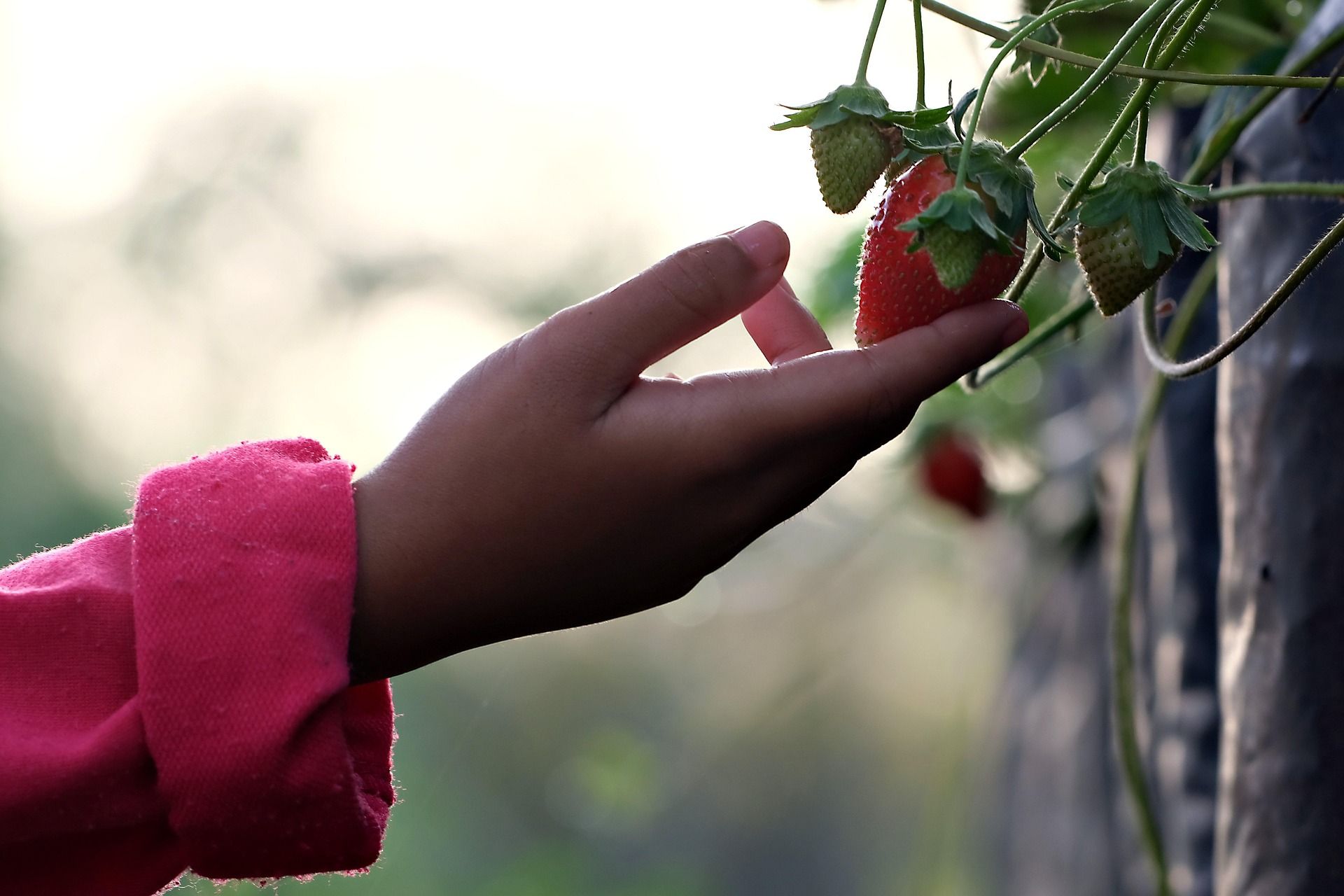business resources
How to Choose the Most Reliable Structures for Year-Round Growing
18 Sept 2025, 3:56 am GMT+1
Growing food year-round has become increasingly appealing to farmers, gardeners, and environmental enthusiasts alike. Choosing the right structures for this purpose can significantly influence the success of your growing endeavors.
Reliable structures support plant health and ensure efficient use of resources, such as water, light, and space. Understanding the options available is key to establishing a productive growing environment, whether you're a small-scale gardener or looking to invest in larger operations.
Understanding Greenhouse Options
Greenhouses serve as controlled environments, protecting plants from harsh weather and pests while optimizing conditions for growth. The choice of a greenhouse must be informed by several factors, including materials, size, and design. Transparent materials like glass or polycarbonate are commonly utilized in greenhouse construction for their ability to transmit sunlight, which is key for photosynthesis. Polycarbonate is often favored for its insulation properties and durability, whereas glass provides excellent light quality.
Depending on your region's climate, selecting a greenhouse structure designed to withstand specific environmental stresses is important. Another aspect to take into account is the size of the greenhouse. A larger structure may accommodate a greater variety of plants, but it increases heating and cooling costs. Finding a balance that suits your growing intentions while keeping energy use manageable is important. Choosing dependable greenhouse structures can provide the necessary durability and efficiency for your gardening ambitions. Ventilation is another factor that greatly affects plant health within a greenhouse. Proper airflow prevents excessive humidity, which can lead to mold or disease.
Automated systems, such as climate-controlled vents, can make maintaining ideal conditions easier. Greenhouses can be customized with shelving and irrigation setups to maximize space and efficiency. Selecting the right features ensures your greenhouse works in harmony with your gardening goals.
Evaluating Material Durability
The material used for constructing your growing structure greatly impacts its longevity and performance. Common materials include aluminum, steel, and wood. Aluminum is popular due to its lightweight and resistance to corrosion, making it suitable for various climates. Steel offers even sturdier construction, often used in commercial applications, but may require a protective coating against rust in damp environments. Wooden frames can provide aesthetic appeal and excellent insulation. However, careful selection of treated wood is necessary to combat rot and pests.
Each material has its own benefits and challenges, so understanding how long different materials can last and how much maintenance they require helps inform your decision. It is wise to think about the climate where the structure will be situated. Areas with heavy snowfall may require sturdier materials to bear the weight, while those in extreme heat might benefit from materials that ensure better ventilation. Conducting thorough research into local conditions and material requirements will lead to better choices in building your greenhouse.
Assessing Energy Efficiency and Sustainability
Energy efficiency is a critical consideration for anyone looking to create a year-round growing environment. A well-designed structure minimizes energy use while maximizing plant growth potential. Features such as thermal mass, strategic placement of windows for natural ventilation, and insulation are key contributors to energy efficiency. Solar energy systems can be integrated to power heating and cooling systems, further enhancing sustainability.
Employing rainwater harvesting techniques can provide irrigation needs while conserving regional water sources. Proper planning for energy efficiency reduces costs in the long run and contributes to environmentally friendly growing practices. Networking with local agricultural extensions or gardening clubs can provide insights into successful energy-efficient practices in your area. Workshops and community initiatives often share innovative strategies specifically tailored to different environments and crops, further enhancing sustainable practices.

Selecting Design Features to Enhance Growth
Design plays a vital role in optimizing a greenhouse for year-round production. Features like adjustable ventilation systems allow for better temperature control and prevent excess humidity, which can hinder plant health. Crafting a space that maximizes natural sunlight while incorporating shade options can help maintain optimal conditions throughout the year. Vertical growing systems and tiered shelving take advantage of limited space, allowing for more plants within the same square footage. Implementing hydroponic or aquaponic systems can diversify production methods and minimize water use.
Choosing features that adapt according to seasonal changes in light and temperature supports continual growth. Incorporating automation can simplify maintenance tasks such as watering and lighting adjustments. Smart sensors can monitor temperature and humidity levels, providing notifications when adjustments need to be made. By implementing cutting-edge design features, year-round growing becomes manageable and efficient.
The choice of structures for year-round growing should align with your agricultural goals, environmental conditions, and available resources. By understanding the variety of greenhouse options, evaluating the durability of materials, and incorporating efficient energy practices, you lay a solid foundation for successful crop production. Thoughtful design maximizes growth potential and enhances the gardening experience. Through smart investments in reliable greenhouse structures, you’ll be equipped to cultivate plants effectively throughout the seasons.
Share this
Arthur Brown
Writer
A dad of 3 kids and a keen writer covering a range of topics such as Internet marketing, SEO and more! When not writing, he's found behind a drum kit.
previous
Top 5 Best Hospital Compliance Management Software
next
Innovative Tools That Help Businesses Stay Competitive